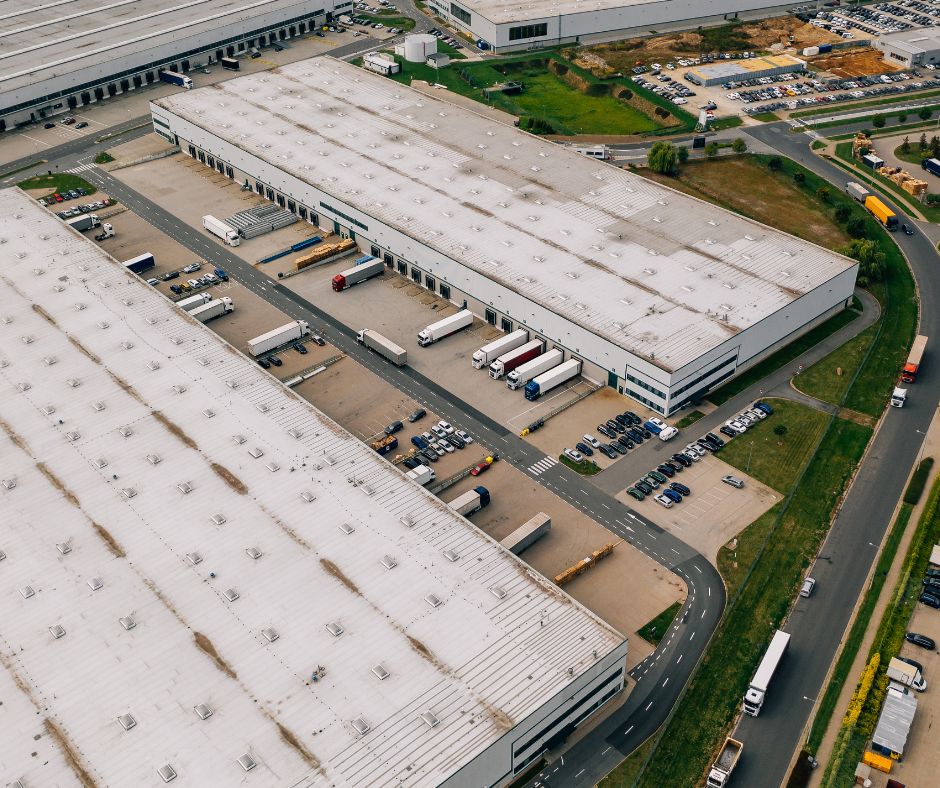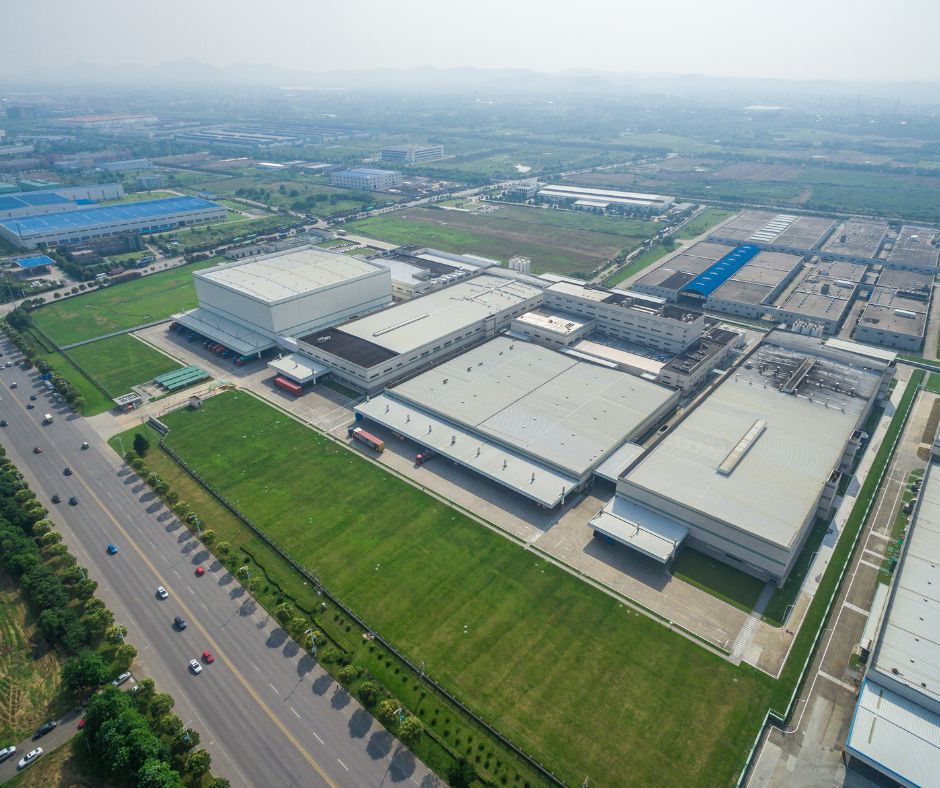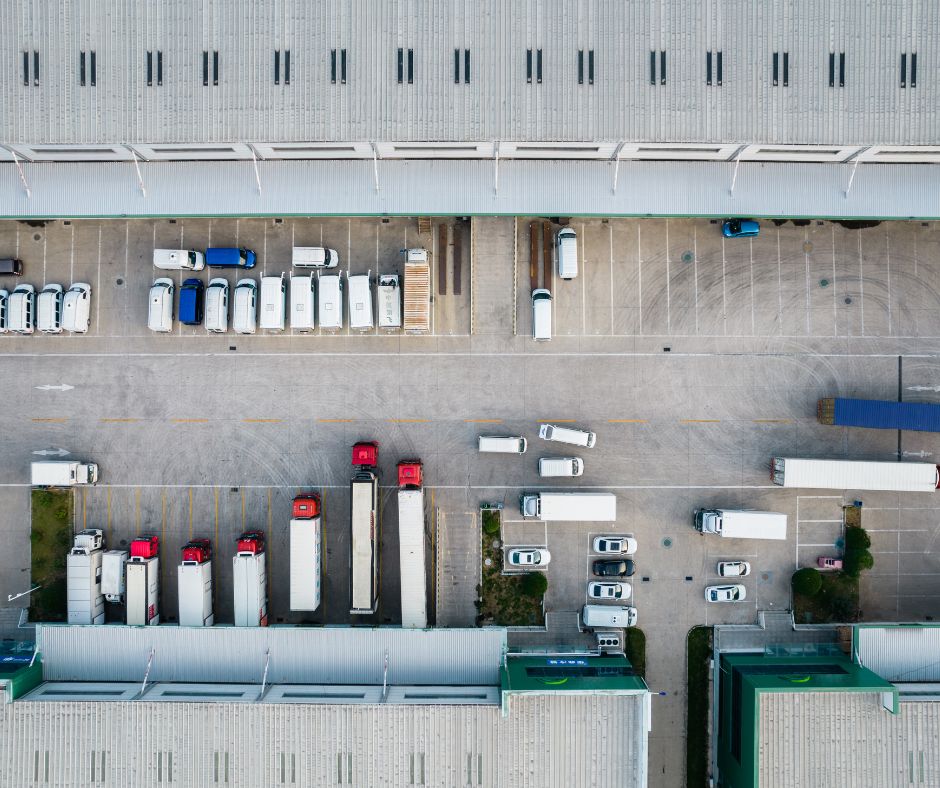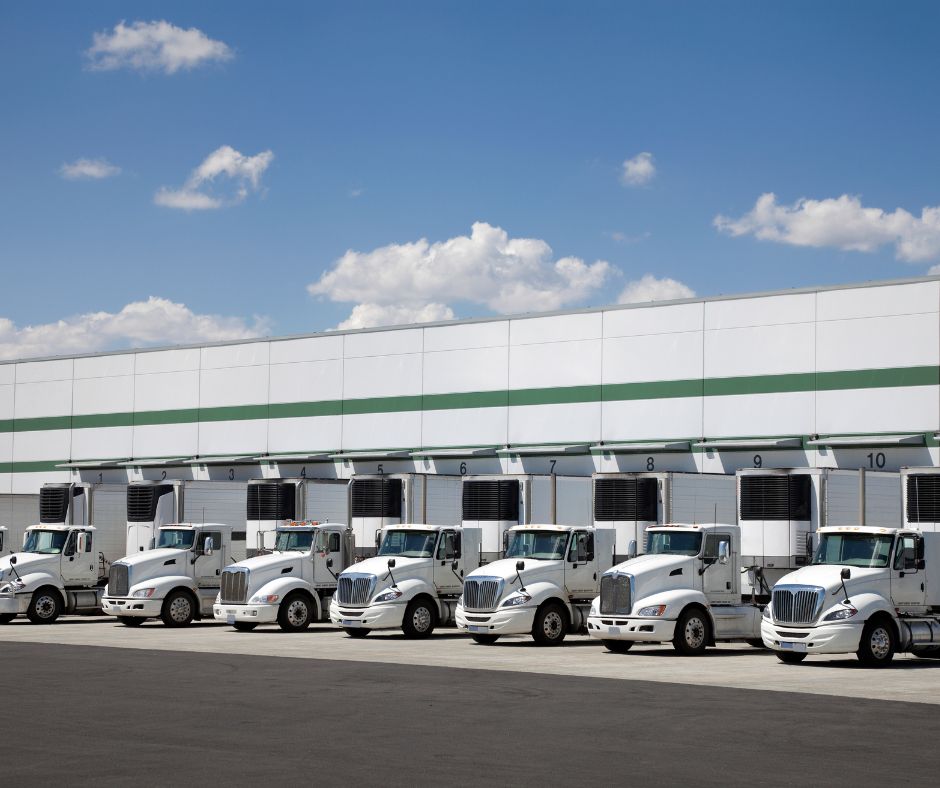PennFuture Blog
Our Perspectives on the Latest Issues
Logistics Facilities are Coming. Is Your Municipality Ready?: PennFuture Releases Model Logistics Use Ordinance and Guidebook
Pennsylvania municipalities *should* update their zoning ordinances to reflect societal changes. In the United States, one of the most significant societal changes of recent years is the rise of e-commerce and the expansion of the logistics industry (the part of the supply chain that includes acquiring, storing, and shipping goods to their final destination).
How to Manage Big Commercial Development
 As online shopping has become a major source of retail goods in the 21st century, logistics industry practices have changed, and so has the industry’s demand for land. Even though they are commonly called “warehouses,” today’s logistics facilities are not the long-term-storage-based warehouses of the past — they are massive distribution and fulfillment centers with the potential to generate far-reaching traffic, noise, aesthetic, and environmental impacts unanticipated by zoning ordinances drafted long before this development pattern was even a remote possibility.
As online shopping has become a major source of retail goods in the 21st century, logistics industry practices have changed, and so has the industry’s demand for land. Even though they are commonly called “warehouses,” today’s logistics facilities are not the long-term-storage-based warehouses of the past — they are massive distribution and fulfillment centers with the potential to generate far-reaching traffic, noise, aesthetic, and environmental impacts unanticipated by zoning ordinances drafted long before this development pattern was even a remote possibility.
Municipalities cannot ignore this new pattern of development and cannot simply ban distribution and fulfillment centers from within their borders (this would be unconstitutional). They must proactively plan for the day when distribution and fulfillment centers come to town by adopting ordinances that reflect the reality that these land uses differ significantly from traditional warehouses.
A Powerful Tool for Local Governments
 These are the reasons why PennFuture has created a Model Logistics Zoning Ordinance. Zoning ordinances are the most powerful tool municipalities have to control how land is used and to ensure that community growth is orderly and reasonable and does not outpace a community’s ability to provide adequate water, sewer, school, recreational, and public safety services and employment opportunities. Zoning is also a way for municipalities to preserve valuable natural resources such as forests, waterways, wetlands, aquifers, and floodplains by directing development away from these areas and/or imposing restrictions on development that may impact these resources. Zoning also provides a predictable regulatory environment for developers and the public.
These are the reasons why PennFuture has created a Model Logistics Zoning Ordinance. Zoning ordinances are the most powerful tool municipalities have to control how land is used and to ensure that community growth is orderly and reasonable and does not outpace a community’s ability to provide adequate water, sewer, school, recreational, and public safety services and employment opportunities. Zoning is also a way for municipalities to preserve valuable natural resources such as forests, waterways, wetlands, aquifers, and floodplains by directing development away from these areas and/or imposing restrictions on development that may impact these resources. Zoning also provides a predictable regulatory environment for developers and the public.
PennFuture’s Model Ordinance gives municipalities a template for updating their zoning ordinances to address the modern reality of the logistics industry and its impact on communities and the environment. The Model Ordinance provides updated definitions for logistics uses and divides them into three categories based on their size and ability to generate traffic. It also imposes restrictions based on these characteristics. For example, under the Model Ordinance, logistics facilities that generate significant truck traffic must be located within a half-mile of an expressway, install signage to direct truck drivers away from local roads, and provide overnight truck parking and amenities for drivers. Large facilities (over 25,000 sq. ft.) must have buffer yards to separate them from neighboring properties and must plant trees and shrubs to lessen their visual and noise impact.
All logistics facilities, regardless of size, must incorporate certain environmental protections such as a minimum 100-foot wide buffer zone around all waterways, lakes, and ponds and a limitation on woodland disturbance. All facilities are also eligible for impervious pavement credits to mitigate the negative impact of the vast impervious surfaces they generate. Finally, PennFuture recommends that all but the smallest, least impactful logistics facilities be designated as conditional uses or special exception uses, regardless of which zoning district they are in. This provides municipalities and the public the opportunity to review and comment on proposed facilities during a public hearing to determine whether they are appropriate for the proposed location.
Designed for Any Municipality in Pennsylvania
 The Model Logistics Use Zoning Ordinance is based on the information and experience that PennFuture’s staff has gained through our engagement with community members and municipalities in the Lehigh Valley and Northeastern Pennsylvania, the logistics hub of the East Coast. The Model Ordinance draws on our participation in several local land use hearings and appeals, research into how the e-commerce logistics industry works, and review of existing and proposed zoning ordinances that attempt to address the growing and changing logistics industry in Pennsylvania and elsewhere. Along with the accompanying guidebook, which provides additional guidance for adopting the Model Ordinance and tailoring it to the needs of each individual community, as well as factual support for the proposed provisions, the Model Ordinance provides an excellent starting point for municipalities across Pennsylvania as they bring their zoning ordinances into the twenty-first century.
The Model Logistics Use Zoning Ordinance is based on the information and experience that PennFuture’s staff has gained through our engagement with community members and municipalities in the Lehigh Valley and Northeastern Pennsylvania, the logistics hub of the East Coast. The Model Ordinance draws on our participation in several local land use hearings and appeals, research into how the e-commerce logistics industry works, and review of existing and proposed zoning ordinances that attempt to address the growing and changing logistics industry in Pennsylvania and elsewhere. Along with the accompanying guidebook, which provides additional guidance for adopting the Model Ordinance and tailoring it to the needs of each individual community, as well as factual support for the proposed provisions, the Model Ordinance provides an excellent starting point for municipalities across Pennsylvania as they bring their zoning ordinances into the twenty-first century.
PennFuture urges municipalities across Pennsylvania to review their existing zoning ordinances to determine whether they adequately address the modern logistics uses and the significant impacts that these massive facilities generate. If they do not, PennFuture urges municipalities to adopt its Model Logistics Use Ordinance before it’s too late.
Are you interested in learning more?
 PennFuture will have an upcoming webinar where you can learn more about our Model Ordinance. Municipalities, concerned citizens, and conservation groups are also encouraged to organize a model ordinance workshop. If interested, please email Brigitte Meyer at meyer@pennfuture.org.
PennFuture will have an upcoming webinar where you can learn more about our Model Ordinance. Municipalities, concerned citizens, and conservation groups are also encouraged to organize a model ordinance workshop. If interested, please email Brigitte Meyer at meyer@pennfuture.org.
Our work protecting our waters and our communities couldn’t happen without the support of our members. Please consider becoming a member of PennFuture today to support our efforts to protect Pennsylvania’s environment.
BLOG SEARCH
LATEST BLOG POSTS
TAG CLOUD
PREVIOUS POST
Get the Latest onOur PennFuture
Sign up for email updates on the latest news, events, and opportunities to make a difference.